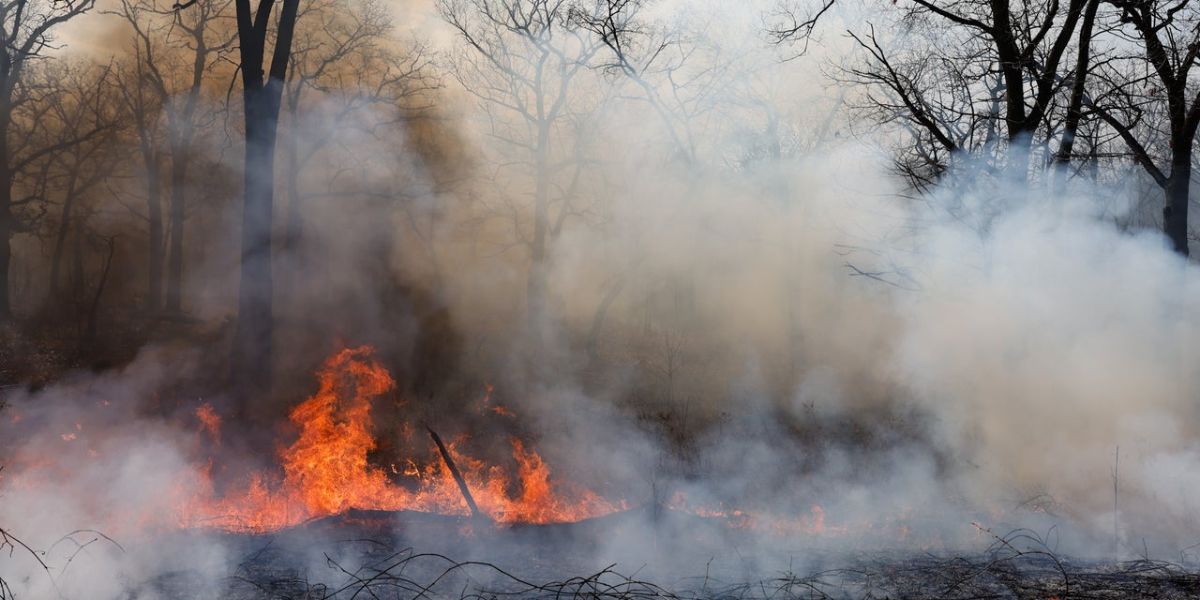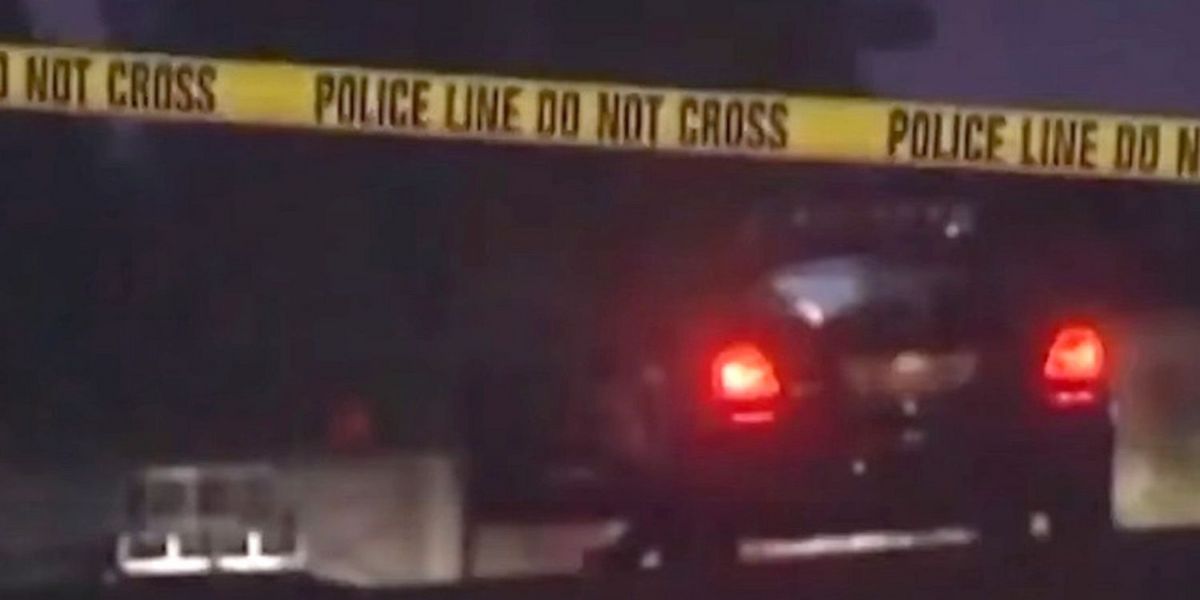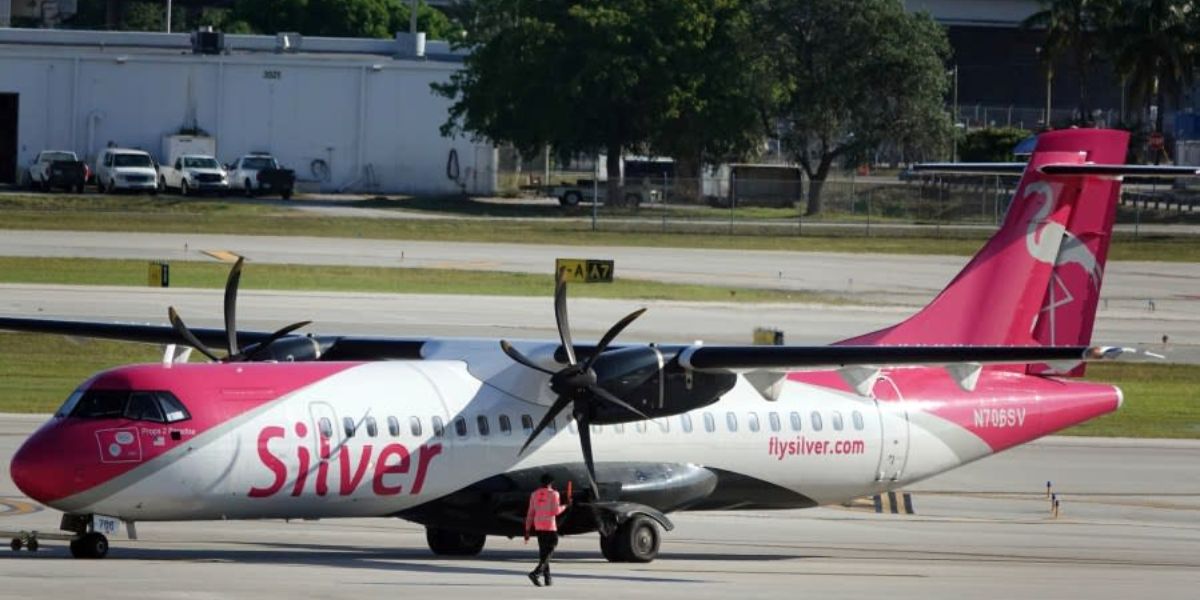Air quality alerts have been issued across much of the U.S. Midwest and Northeast as dense wildfire smoke from Canada once again drifts south, raising health concerns for millions and evoking memories of last year’s historic fire season.
Cities including Minneapolis, Indianapolis, Pittsburgh, Philadelphia, Washington D.C., and New York are experiencing heightened levels of air pollution due to a combination of wildfire smoke and ozone accumulation amid rising temperatures.
🔥 A Relentless Fire Season Rekindled
So far in 2024, more than 8.6 million acres have burned in Canada — a figure already above the country’s seasonal average of 6.5 million acres, with three months of fire season still remaining. Experts warn that the current trajectory is eerily similar to 2023, when over 43 million acres burned, making it the worst wildfire year in Canadian history.
“Everyone is on pins and needles expecting a year as bad as 2023,” said wildfire ecologist Robert Gray.
🚩 What’s Fueling the Fires?
Several key factors are driving this year’s aggressive fire season:
- Persistent drought in northern British Columbia since 2022.
- Low winter snowfall limiting soil and vegetation moisture.
- Overwintering fires from 2023 smoldering underground in forest duff and peat, reigniting this spring.
- Above-normal temperatures and below-normal precipitation predicted for most of Canada.
Fires are currently burning intensely in British Columbia, Alberta, and Saskatchewan, with the boreal forests — known for their density and flammability — acting as the main fuel source.
🌫 Jet Stream Carries the Smoke South
Smoke from the boreal regions is funneled into the U.S. via the jet stream, a high-altitude wind current that regularly transports Canadian smoke into American skies.
“As long as central and northern B.C. are burning… that pattern is going to deliver smoke to the central and northeast U.S.,” Gray noted.
Depending on atmospheric conditions, the smoke may remain aloft (causing hazy skies) or descend, significantly deteriorating air quality at ground level.
🩺 Health Risks Rising
The return of wildfire smoke is particularly alarming for vulnerable populations, including:
- Older adults
- Children and infants
- Pregnant individuals
- People with asthma or chronic respiratory illnesses
The fine particulate matter (PM2.5) in smoke can penetrate deep into the lungs and bloodstream, potentially leading to inflammation, weakened immunity, asthma attacks, and long-term cardiovascular and respiratory diseases. Wildfire smoke has also been linked to preterm birth and miscarriage.
⚠️ A Setback to Clean Air Progress
Experts warn that frequent wildfire smoke events are reversing decades of progress achieved under the Clean Air Act, as climate change makes fire seasons longer, drier, and more severe.
As smoke continues to blanket large swaths of the U.S., health officials advise residents to:
- Limit outdoor activity during air quality alerts.
- Use N95 masks if outdoors.
- Run air purifiers indoors and keep windows shut.
- Check real-time Air Quality Index (AQI) data on apps or local government websites.
With no immediate relief in sight, the 2024 wildfire season is shaping up to be another major environmental and public health crisis — and a stark reminder of the escalating costs of climate-driven disasters.




